What is a soil inoculant?
In short, soil inoculants promote healthy soils which in turn create the perfect environment to grow plants, bushes, and trees. Soil inoculants consist of beneficial rhizospheric, endophytic microbes, and bacteria which all play a role in boosting the organic matter of your soil, which provides nutrients to plants.
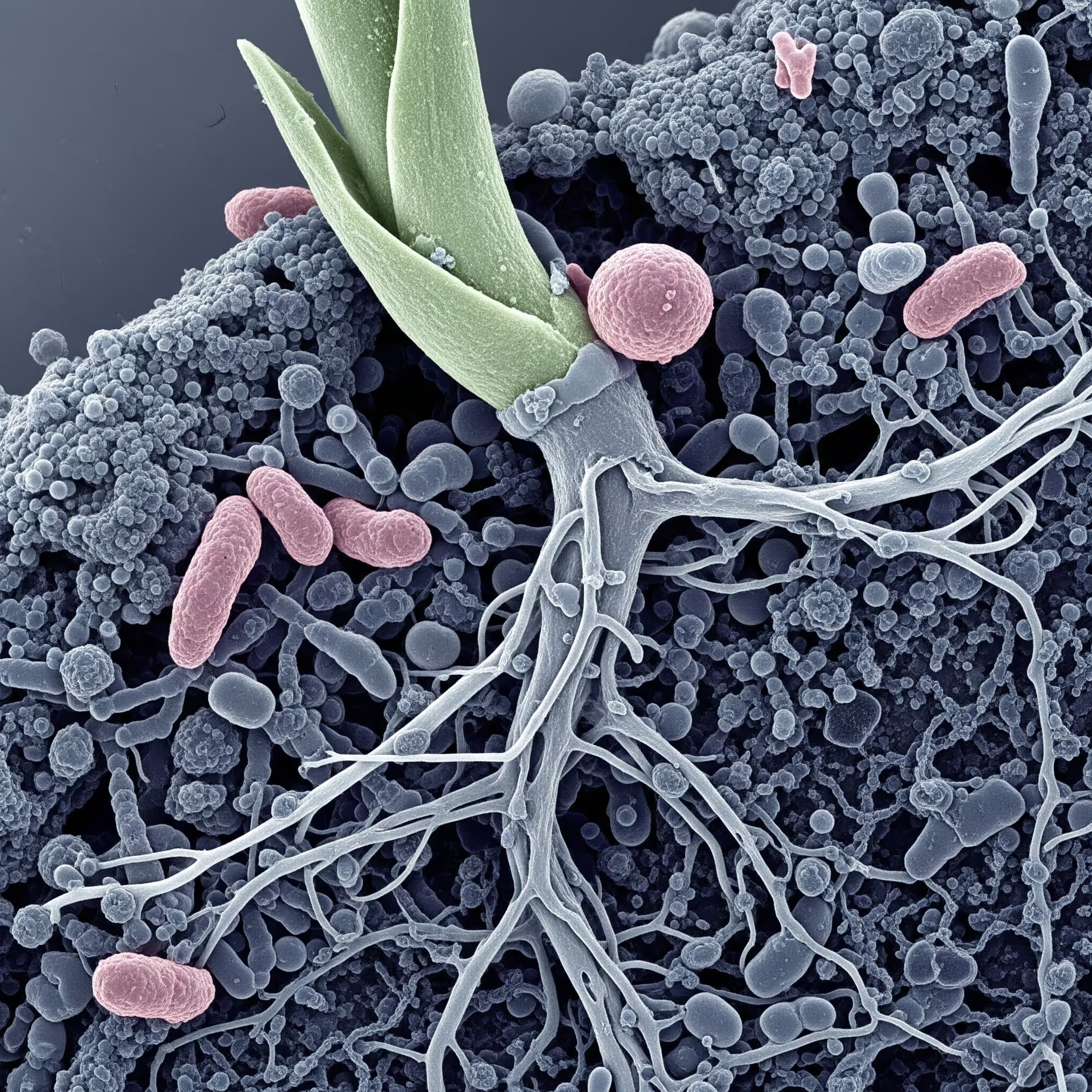
.png)

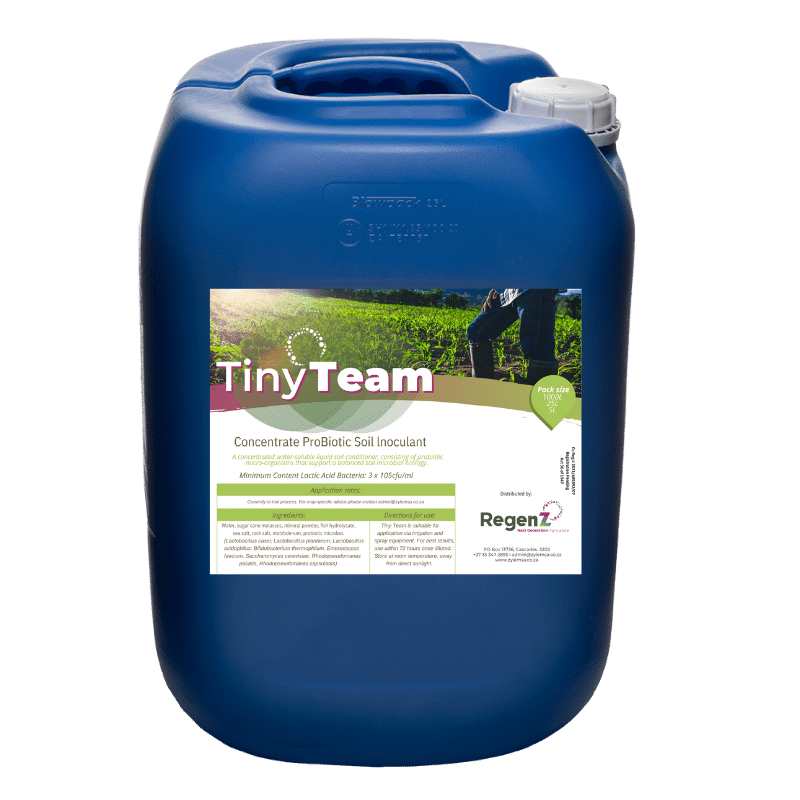
.svg)
.svg)


.svg)

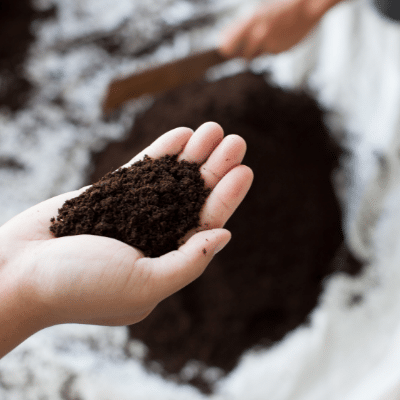
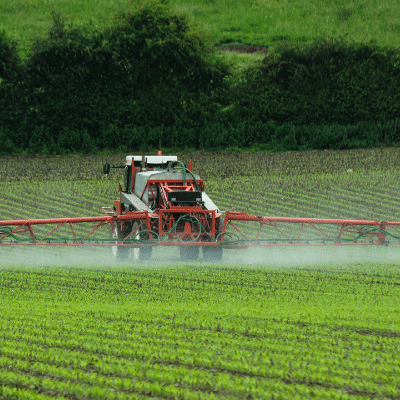
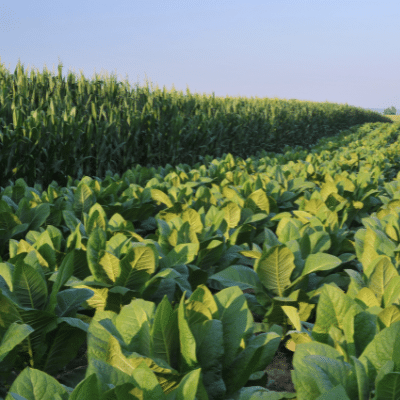
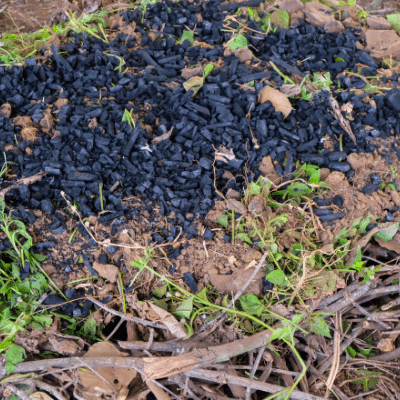
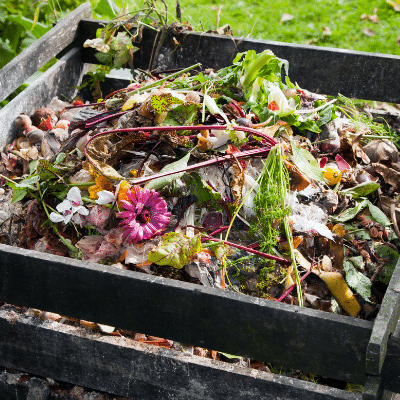
.avif)